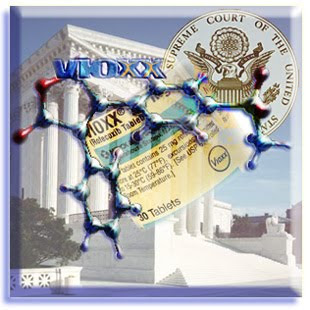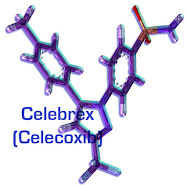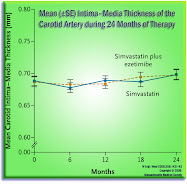
Over the past week or so, it has become clear that "
Fast" Fred Hassan, sitting as the outside Chairman of the Board of Directors of privately-held, but Warburg Pincus-influenced Bausch + Lomb, will not get the $10 billion asking price he's seeking for B + L -- from either a strategic, or financial buyer.
This has, in my opinion, clearly displeased Warburg Pincus -- the principals of which very-likely hired Mr. Hassan to squeeze some acceptable gain out -- of some form of a B + L transaction. Recall that Warburg took B + L private about six years ago.
So -- as the transaction of [nearly] last resort, it would seem that Warurg has engaged Goldman Sachs to prepare an IPO.
Taking B + L public (again) is sub-optimal to Fred and his Warburg crew because with it will require three years of audited, and public, financial disclosures -- and ongoing disclosure of all material contracts. Who knows what will need to be ammended, or novated -- to get ready for public view, again.
But that is exactly what Warburg Pincus LLC will need to do, to salvage its investment, here. I say "salvage" -- but in fact, Warburg has privately indicated that it would be displeased with anything short of a 200 per cent return on the B + L investment. Thus the new push to go public, now that Abbott, and others have pushed away from the table, and decided not to bid north of $9 billion, outright (all of this has been set out in various news reports, since Friday of last week).
So, Fred has now -- as of this morning -- moved the old CFO of B + L to the side, and installed his own CFO, from the Schering-Plough days (2003 to 2009), one Bob Bertolini -- as his new CFO. He has also given Mr. Bertonlini the added office of President of B + L.
This is clearly in preparation for a transactional push -- likely the IPO of B + L. So, Fred's deal goggles are firmly affixed; he has Brent Saunders in at B + L as CEO (also legacy Schering-Plough), and now the President and CFO are also his legacy teammates, from those bad old Kennilworth days.
Let the shenanigans ensue -- sez me.
. . . .Bertolini will report to B+L chief executive officer Brent Saunders.
Bertolini takes over at a time of uncertainty about B+L’s future. Recently, the private-equity firm that owns B+L, Warburg Pincus LLC, said it is considering taking the company public again after attempts to sell the company fell through, according to Bloomberg News and The Wall Street Journal.
Warburg is interviewing banks for an IPO after an effort to sell the company brought disappointing bids, according to Bloomberg. Reportedly, potential bidders were put off by the $10 billion asking price. . . .
This whole goofy exercise is just a footnote -- of some historical confirmation of a repeating pattern -- to the New Merck. Even so, my guess is that the Hassan-Saunders-Bertolini led IPO will launch with an implied value of around $7 billion -- some time in the late summer of 2013. If the deal gets done at all. But that's just my guess.
We will have to see how much grumbling will become public, from the Warburg principals -- at that sub-par pricing (sub-par, that is, at least from Mr. Hassan's perspective).

 The full picture of Merck's 2012 earned, vested, accrued and as-yet-unvested executive compensation levels (in cash, equity, perks and future pension benefits) will be revealed in an as-yet-unfiled SEC proxy statement. However, we just got an "early peek" at part of the haul -- as overnight, SEC Forms 4 were filed by all 14 of the Section 16 reporting executive officers of Merck -- including Chairman and CEO Frazier (his SEC Form 4 is here). Don't misunderstand: they certainly earned it, but it is right, well and good -- that it be widely-disclosed.
The full picture of Merck's 2012 earned, vested, accrued and as-yet-unvested executive compensation levels (in cash, equity, perks and future pension benefits) will be revealed in an as-yet-unfiled SEC proxy statement. However, we just got an "early peek" at part of the haul -- as overnight, SEC Forms 4 were filed by all 14 of the Section 16 reporting executive officers of Merck -- including Chairman and CEO Frazier (his SEC Form 4 is here). Don't misunderstand: they certainly earned it, but it is right, well and good -- that it be widely-disclosed. 








































